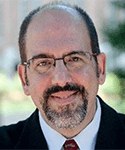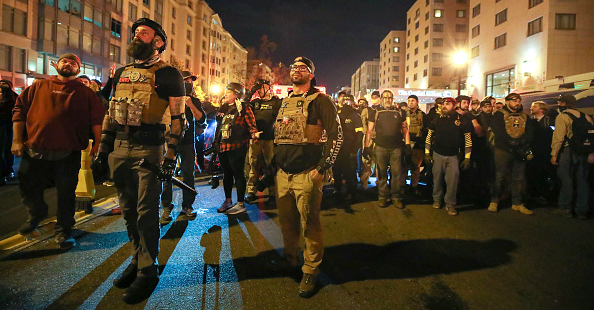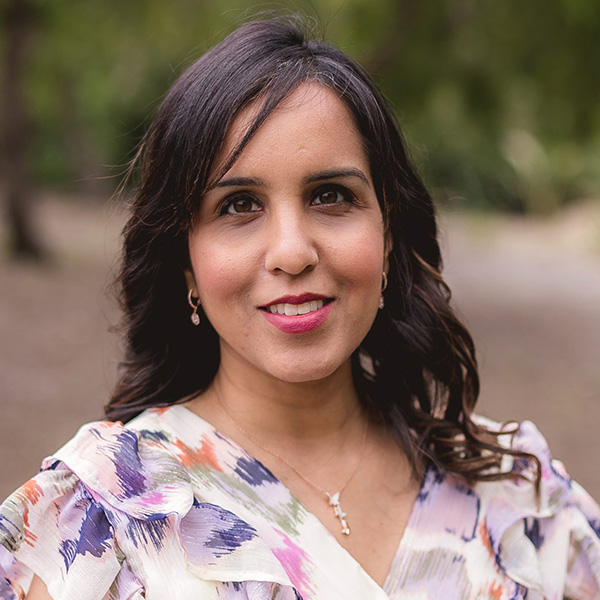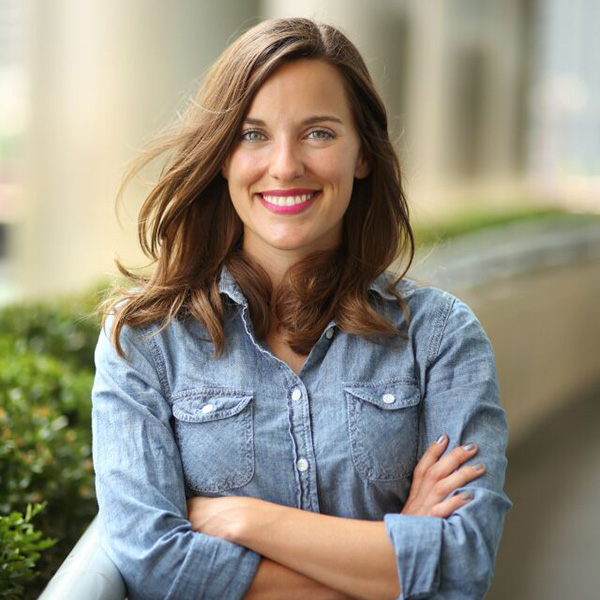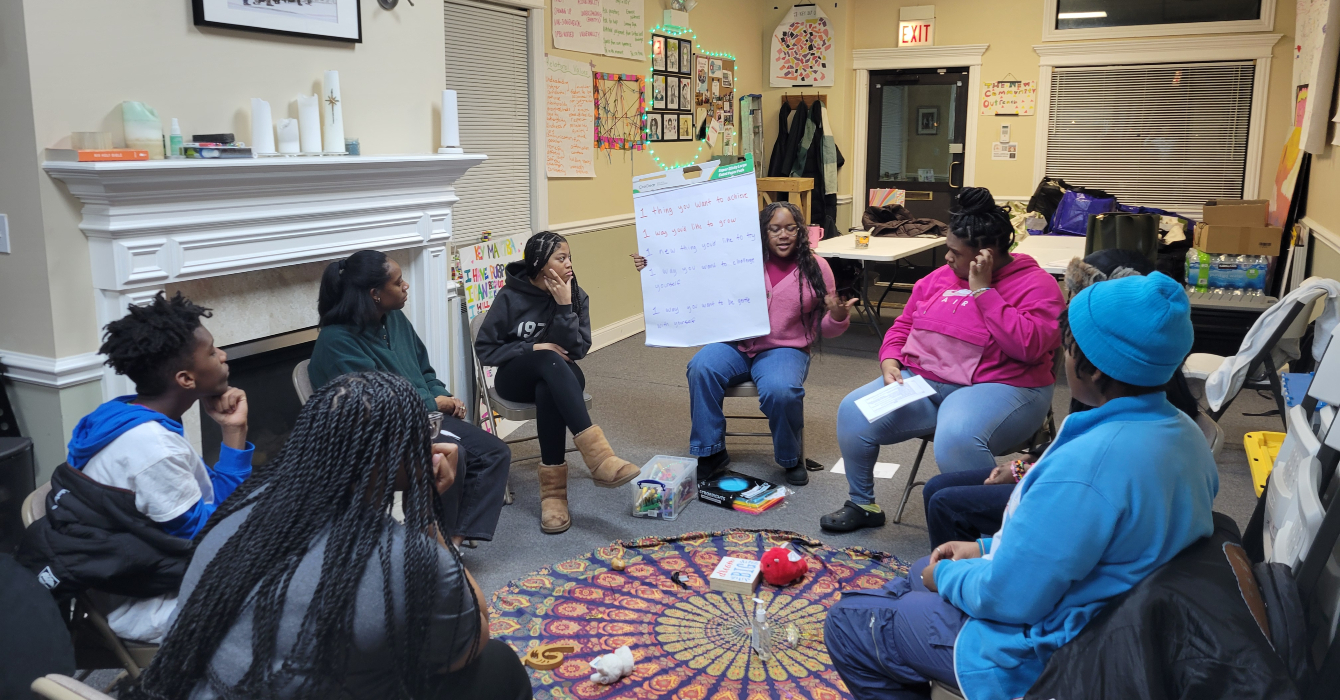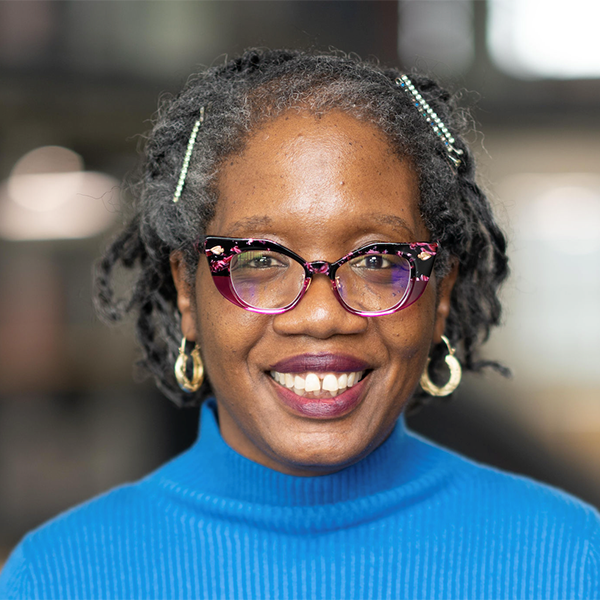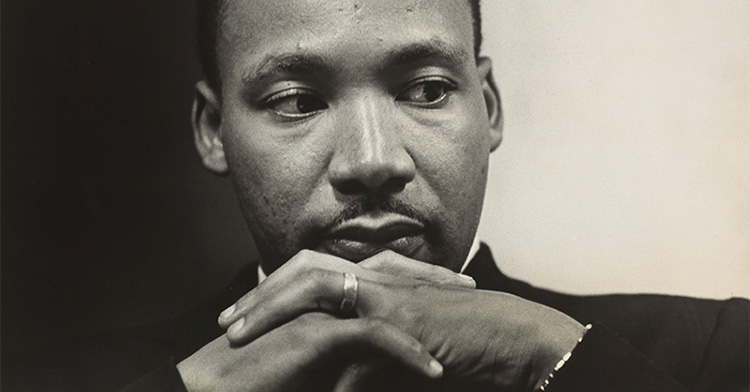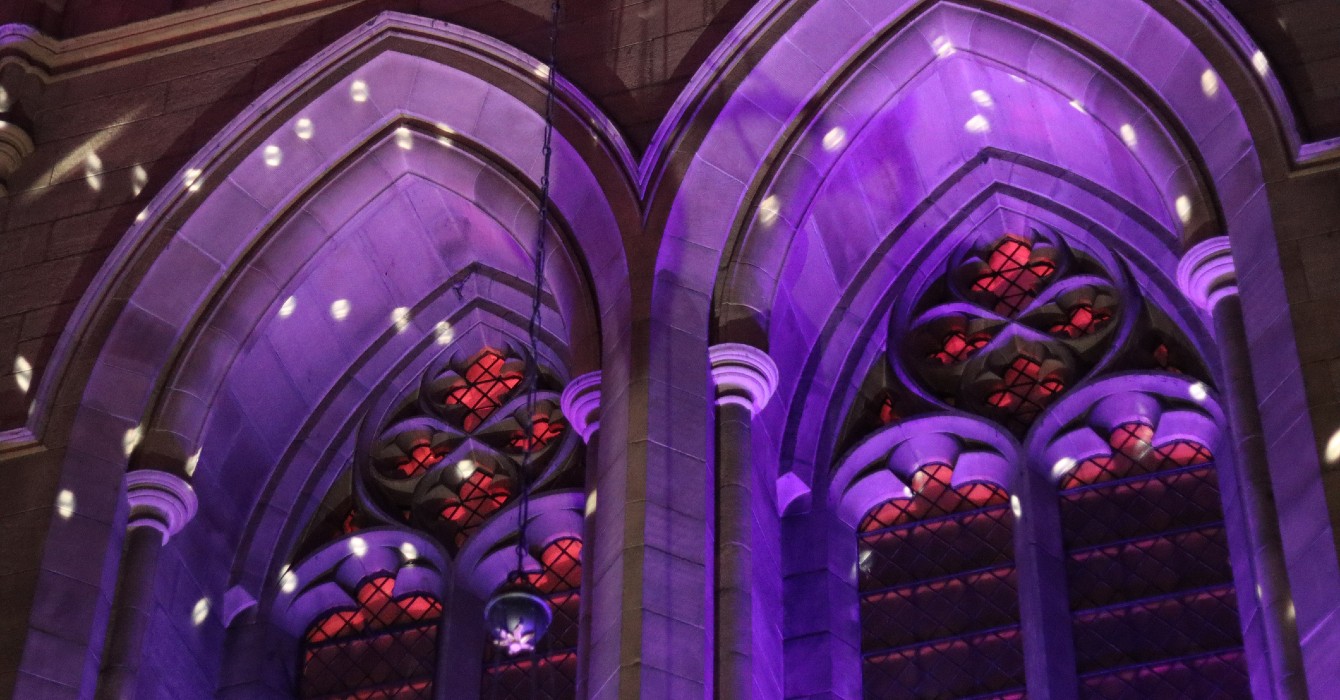The desire for truly multiethnic, multiracial congregations continues to surge among church leaders. Now entire conferences are being created to support this effort. Last week, over 400 pastors, scholars, and denominational leaders gathered in San Diego for a first-ever Multiethnic Church Conference that brought together scholars Michael Emerson, George Yancey, Curtiss Paul DeYoung, and myself alongside practitioners like Mark DeYmaz, Dave Gibbons, Alvin Bibbs, and Brenda Salter McNeil to assess the promise and progress of overcoming racial and ethnic segregation in the church in America.
The conference gathered energetic, enthusiastic pioneers, seeking to create “heavenly communities” that anticipate the kingdom of God manifesting grace in a multi-cultural fashion. We sang in Spanish, English, and Hindi. Singers and speakers came from African, Asian, Latino, and Euro-American heritages. Shared stories reflected a never-ending series of inspiring encounters of overcoming cultural differences. The crowd was smiling and laughing. The conference was further evidence of the extent to which the motivation to overcome racial and ethnic divisions has grown. The drive among these leaders is a mission of “gathering the nations” from all ethnic backgrounds and systematically working through prejudices to make the church a place where discrimination finds no place.
At the same time, I was struck by the rhetoric surrounding the impetus for diversity. I found myself asking what a “multiethnic ministry” might look like. One conversation in particular comes to mind -- with a Caucasian pastor serving in a multiethnic Asian congregation in Los Angeles.
He and his wife are the “white” leaders while his church consists of second and third generation Chinese and Korean Americans. He signed up hoping to find help in managing the unique challenges of ministering to his diverse group. Yet the sessions and workshops “didn’t relate” to him. For him, the conference aggressively pushed for specific strategies like incorporating Spanish lyrics in worship music and including more African Americans on stage. The organizers’ type of “diversity” addresses the “black-white divide,” which was not immediately at issue in the demographics of his area of metropolitan L.A. After attending a half-day, he concluded the conference was “not for me,” and spent time working through emails and preparing for the coming Sunday.
The conversation brought home to me that the vision for diversity among some church leaders -- as expansive and challenging as it may be -- may actually be a bit too narrow to represent the actual diversity of diverse congregations in the United States. Too often “diversity” means “having some blacks attend our mostly-white church.” Add a little exotic presence through chimes, djembe drums, and other folk instruments, and the sensitized sacred setting is complete.
But other church leaders are confronting a diversity that remains uncharted territory. What of the Pakistani pastor working with an Iranian and white congregation in the southeast? What of the Asian worship leader hired in a mainstream American Latino and white congregation? A single paradigmatic push for diversity may not fit the circumstances of many congregations. Moreover, the failure to recognize contextual differences may lead us to minimize the level of diversity actually experienced in many congregations today.
In our passion for diversity, those most committed to transcending racial and ethnic barriers may be assuming a vision of diversity that is actually not diverse enough.
When it was my turn to give my keynote presentation, I reminded the group that this was the first Multiethnic Church Conference and not the last one. The questions and issues of diversity are still being uncovered, and we should not settle too soon into an assumed set of answers and approaches on what “Biblical diversity” looks like. This is not to give an excuse to churches that greatly exaggerate the level of diversity of their churches. But perhaps our vision of diversity might need to be expanded to accommodate those that do not fit neatly into a single or familiar “diverse church” framework.

